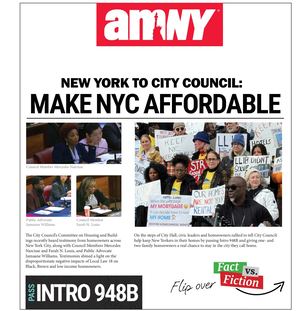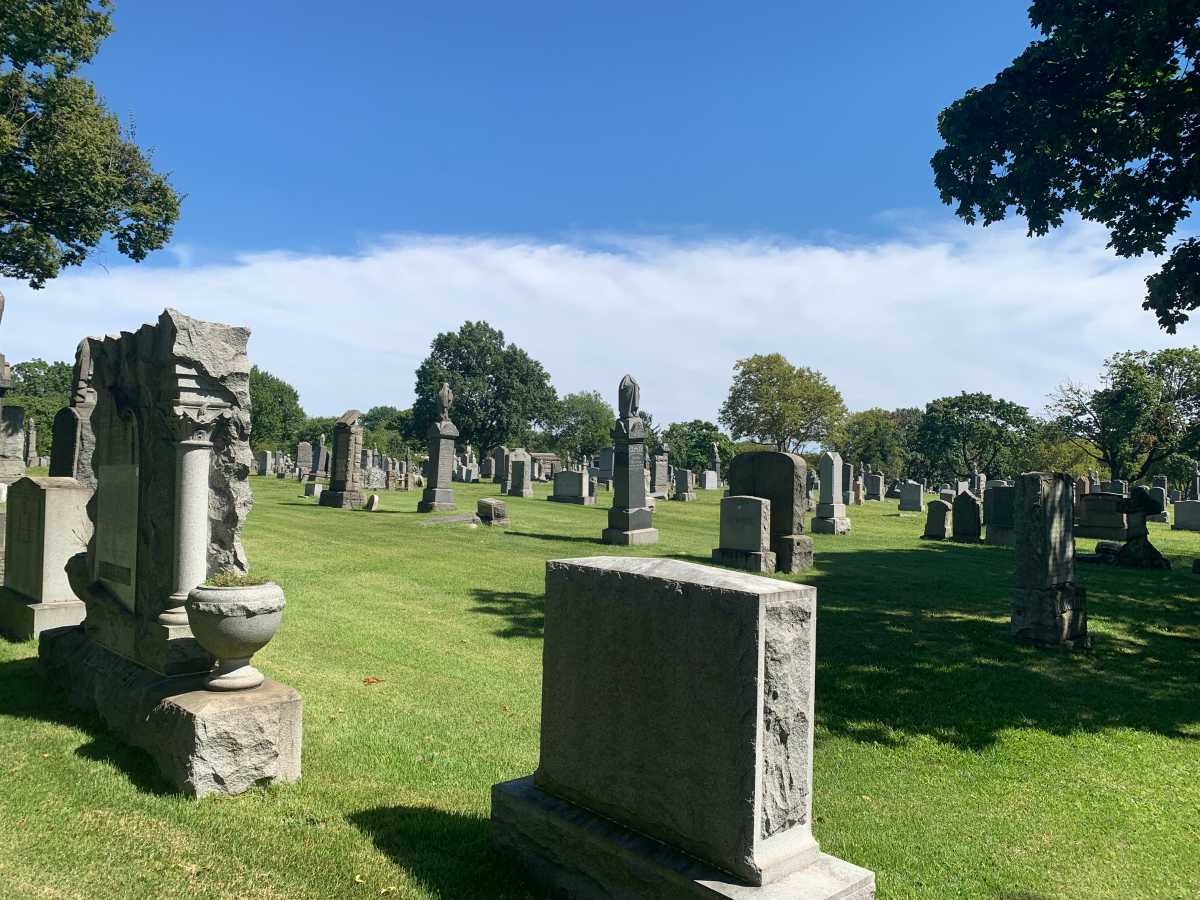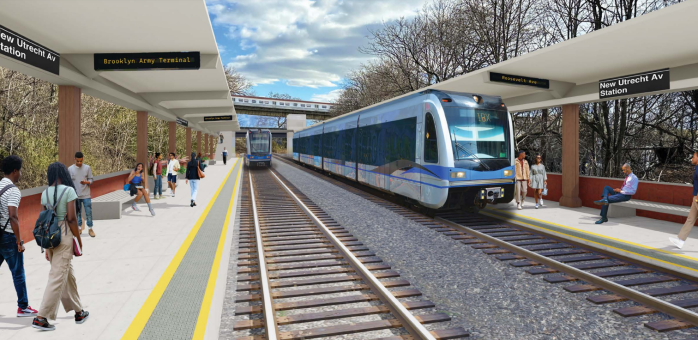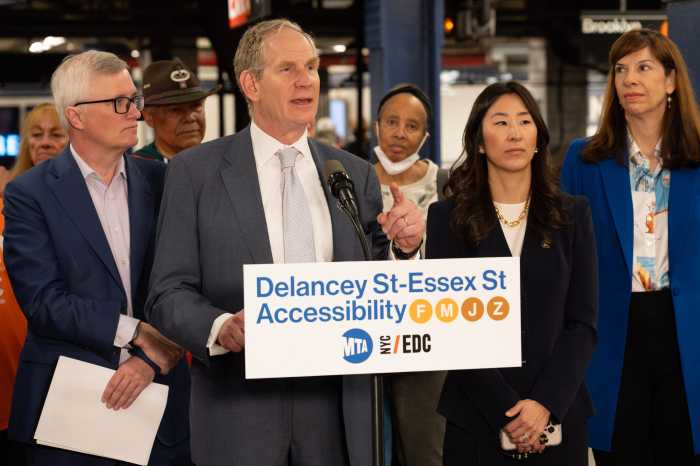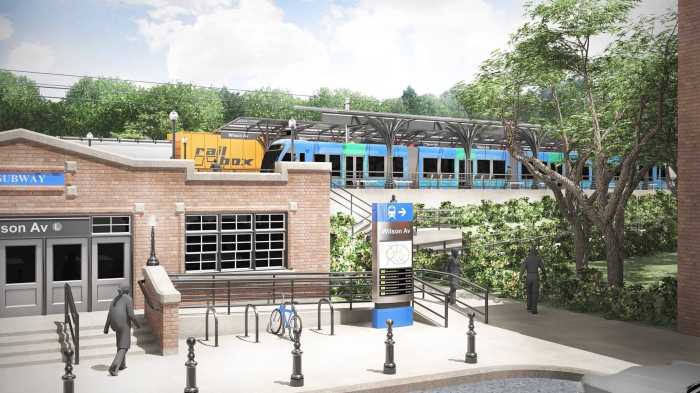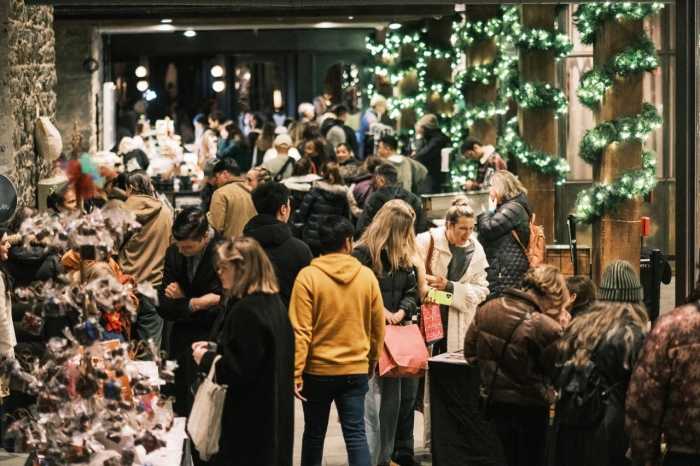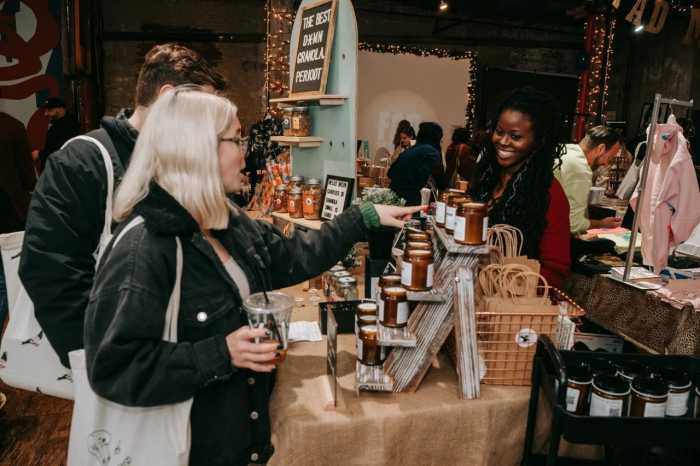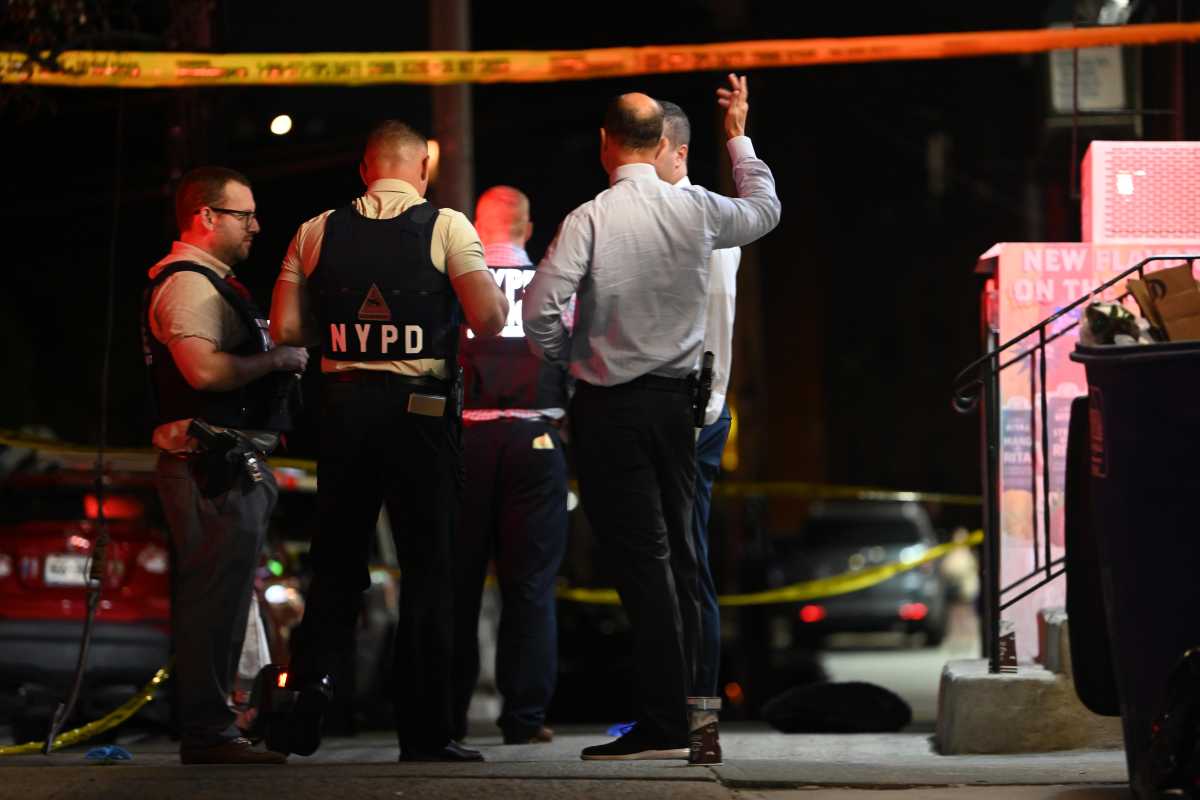Metropolitan Avenue is the next stop on the MTA’s IBX (Interborough Express), a proposed light rail that would connect Queens to Brooklyn without going through Manhattan. The station will be located near the last stop of the existing M train line, which starts its run at 71st Street in Forest Hills, Queens and loops through Manhattan and Brooklyn.
Located in Middle Village, Queens, the Metropolitan Avenue stop poses one of the biggest challenges for the light rail, which just entered its design phase this summer, featuring a nearly $166 million design contract with Jacobs and HDR. Surrounded by mostly residential streets, All Faiths Cemetery rests in the heart of Middle Village.
It is also located above the planned tracks for the IBX.
Christ the King High School, located at 68-02 Metropolitan Avenue, is centrally located next to the M station and near the cemeteries. A four-year Catholic high school with a college prep curriculum, the IBX would open many doors for students throughout the city.
The MTA presented several options for building the IBX around the historic cemetery to the public. Crossing Metropolitan Avenue at street level was considered, though ultimately deemed impractical.
Instead, builders will create a tunnel underneath the burial park. By going under the cemetery, the 14-mile light rail train, which will link Jackson Heights to Bay Ridge, would follow existing freight line tracks that are still lightly used. Designers and engineers have not yet determined how deep they would have to tunnel underneath graves.
amNewYork contacted the cemetery for comment on the train line but did not receive a call back. Meanwhile, MTA officials said they would work with cemetery staff to expand a narrow tunnel that freight trains currently run through — or build a new tunnel next to the existing one — to make room for the light rail.
Designers will be tasked with conducting this work in the most cost-effective and least disruptive way. As far as disruption goes, light rail is not known to be as intrusive or bulky as subway trains.
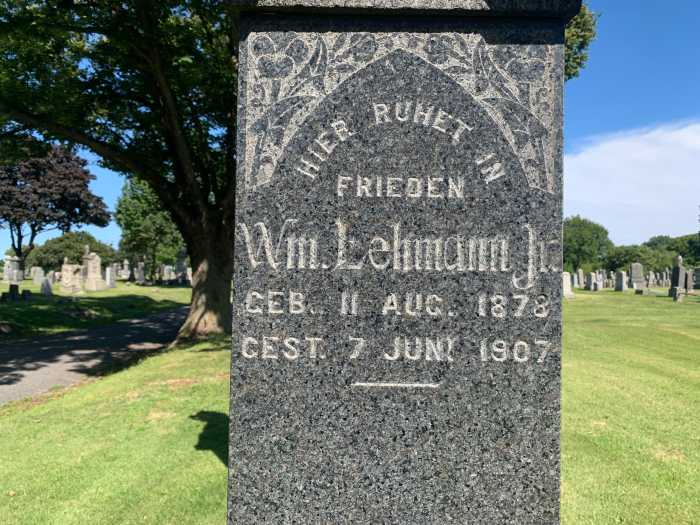
According to the NYS Department of Transportation, light rail lives up to its name by being considered a lightweight passenger rail line that operates in short consists (one or two cars) on fixed rails on shared or street-running rights-of-ways. Subways are heavier and characterised by high speed and/or rapid acceleration.
Digging into the history of All Faiths and Mount Olivet cemeteries
Not to be overshadowed by the IBX is the deep local history of All Faiths Cemetery. At 225 acres, the cemetery is home to the final resting place of many notable figures. Both of President Donald Trump’s parents and grandparents are buried here.
There is also a monument to a dark day in NYC’s history, with the remains of 61 unidentified victims of the General Slocum steamboat disaster resting in the burial park. The General Slocum was a sidewheel passenger steamboat that caught fire and sank in the East River, killing an estimated 1,021 out of over 1,300 people on board.
Near All Faiths Cemetery is Mount Olivet, another smaller, but still sprawling, cemetery that was established in 1847 with land acquired from the estate of James Waterbury. At 71 acres, the cemetery was a destination point in the 19th century because it had amazing views of NYC.
From a historical point of view, the large memorial park has many destinations within its fences. The Grand Army of the Republic lot holds the graves of 25 Civil War veterans. Several members of the World War I division known as the Harlem Hellfighters are also buried at Mt. Olivet.
Prohibition Era NYC gangster Jack “Legs” Diamond is buried at Mount Olivet after he was gunned down in 1931, though his grave is not marked or listed in public records.
Mount Olivet is also home to the oldest Japanese burial ground in NYC. Every Memorial Day, Japanese families gather on site for the Japanese Grave Attendance Ceremony, conducted by Buddhist priests and Christian ministers. The group then heads to Cypress Hills Cemetery in Brooklyn, where the ceremony is repeated.
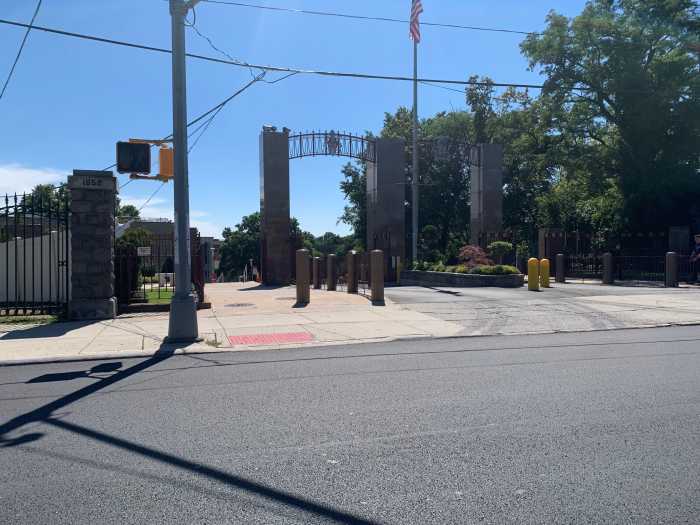
What do New Yorkers think of the IBX?
In the meantime, amNewYork has spoken with many Queens and Brooklyn residents about their thoughts on the proposed train, including some who welcome it, and others who question it.
Kal, of Queens, is “usually against NIMBYism,” but agrees with others who feel the train might not be necessary for parts of the borough.
“While the neighborhood is kind of a transit desert, if most people in that neighborhood want to go to Manhattan the IBX may not be beneficial for the residents,” the New Yorker said. “As for the other stop by the cemetery, everyone rejoiced that this section was not going to be street running as originally planned and it should stay that way. While I’m on the fence on whether the Elliot Avenue stop should exist, the Metropolitan Avenue stop is non-negotiable as it is a transfer point.”
Ivy, who lives in Brooklyn, said the IBS is a “great idea” because it connects the two boroughs without going through Manhattan.
Next week, amNewYork will bring readers to the next planned stop on the IBX: Myrtle Avenue on the Ridgewood/Glendale border.
